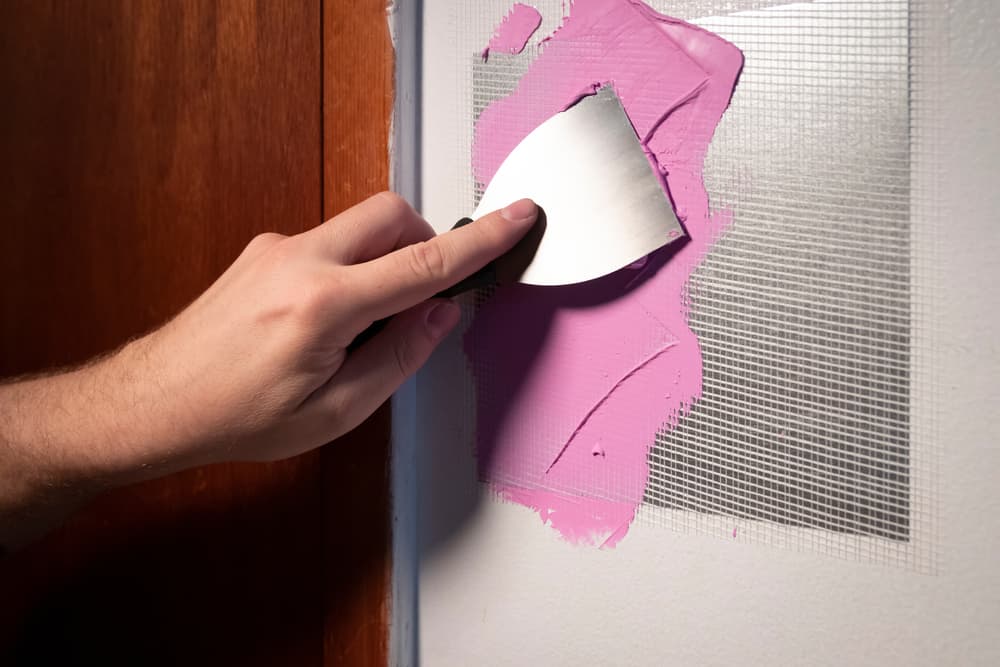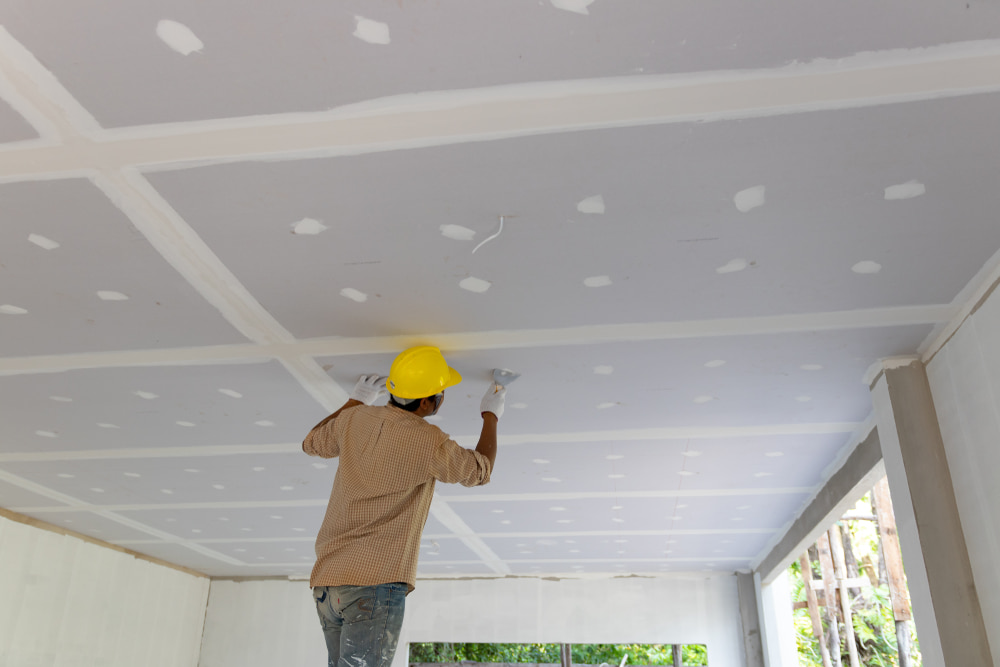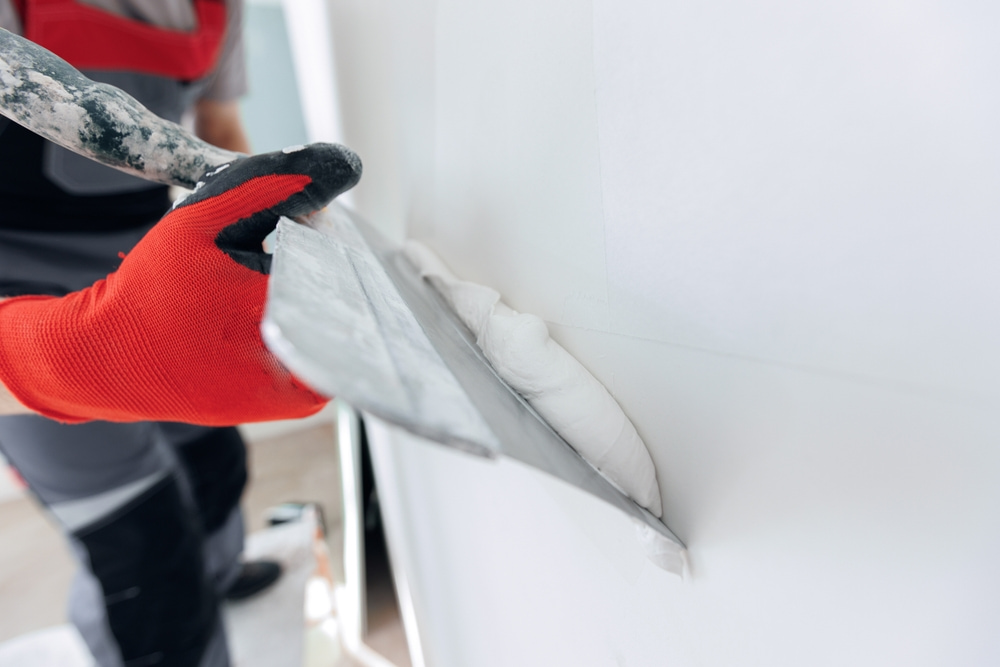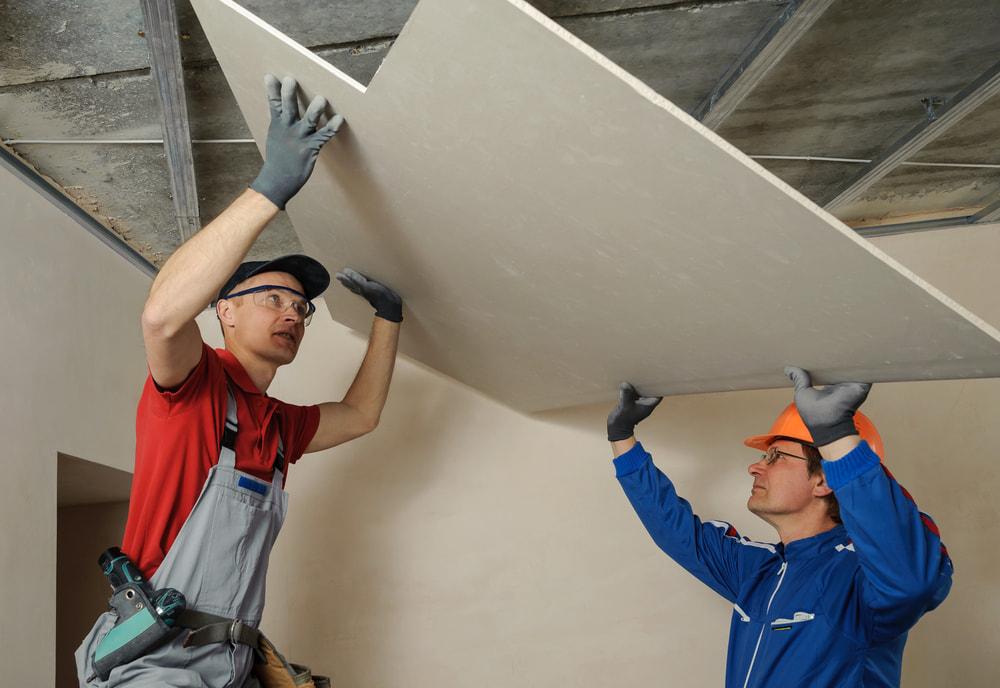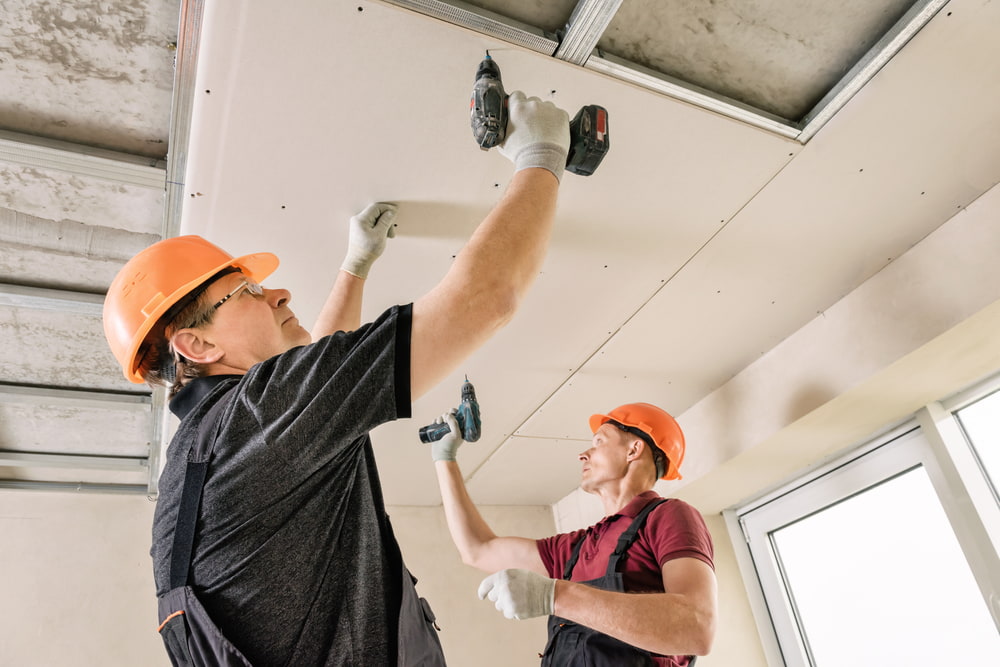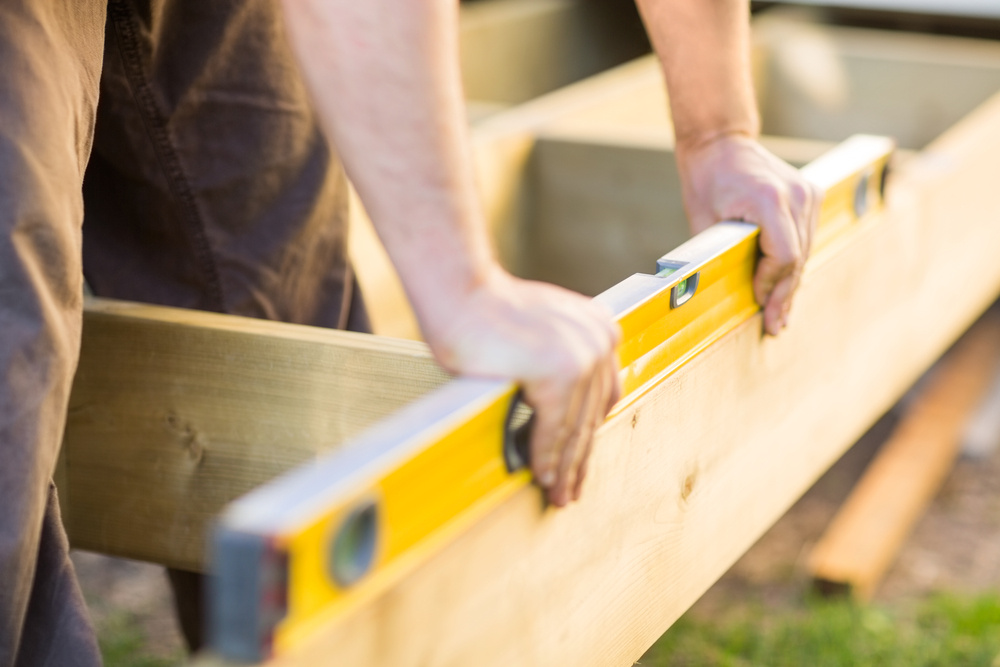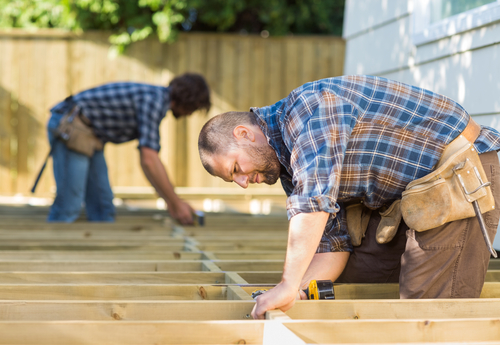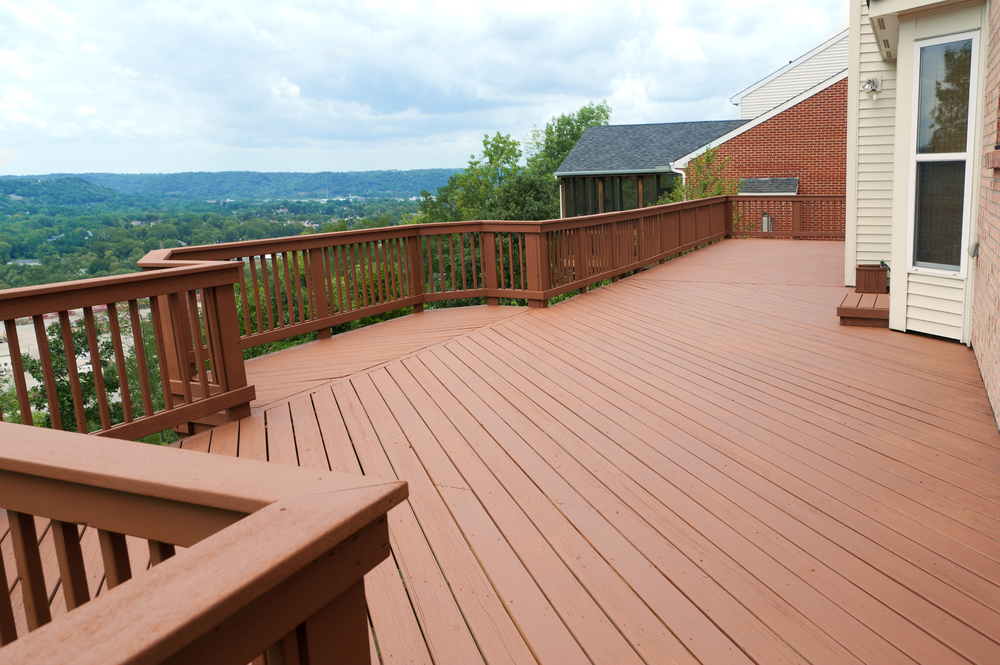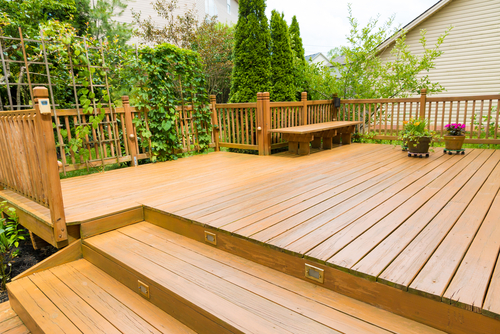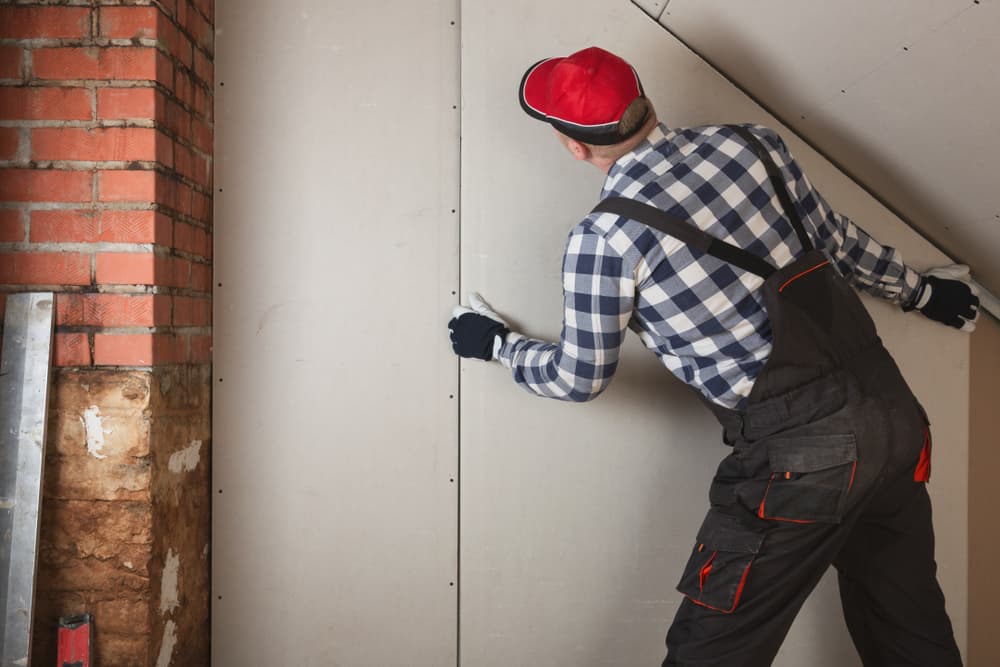
Every now and then, there comes a time when drywall needs to be replaced. In most cases, this happens because drywall is outdated and starts losing its original form (and purpose) due to the natural properties of the material.
However, sometimes, entire sections of drywall may need replacing because of external factors, such as impact, moisture, or mold damage. Today, we’ll showcase how specialists for drywall repair in Timnath, CO perform this intervention, to give you an idea of what to expect.
How do you replace a large section of drywall?
Experienced technicians will follow a predetermined set of steps for drywall hanging and reparations to ensure the results are up to par with exacting quality and safety standards. To speed up the process, they may use some specialized equipment that isn’t typically available in standard households, which is why drywall replacement is so rarely a DIY undertaking. Here’s how the process usually goes:
- Assessment: Pros begin by evaluating the extent of damage and coming up with the most feasible repair plan.
- Preparation: They will clear the premises, protect the furniture with nylon sheets, and gather the necessary tools and materials.
- Removal: Depending on how much drywall needs removing, technicians may cut panels into manageable pieces and carefully pull them away, ensuring they don’t damage healthy sections.
- Measuring: The hole left behind by panel removal is precisely measured and dimensions are transferred to a new piece of sheetrock.
- Cutting: A new panel is cut following the above measurements to ensure a seamless fit.
- Installation: Pros will affix the cutout to an existing drywall using screws or nails (if possible) or drywall repair clips if the cutout can’t be affixed directly to beams.
- Finishing: A joint compound is added to the seams, followed by embedding drywall tape directly into it while it’s still wet, and adding another layer of compound. Once everything is dry, technicians will sand the drywall to ensure a smooth finish.
- Painting: Finally, pros will prime and paint the finished sections, paying special attention to match the new color to the existing one for a seamless blend.
Can you put drywall over damaged drywall?
Technically, yes, it is possible to cover damaged sections with a layer of new drywall. However, the question here is not “can you” but “should you” do it – and the answer is “no”. If drywall is damaged, cracked, infested with mold, or compromised in any other way, putting new panels atop old ones will only cause more problems in the future. Here are some examples:
- If the walls sustained moisture damage or excessive mold growth, placing new panels over old ones will trap that moisture, making mold and moisture actually spread faster;
- If drywall shows signs of bulging, no matter how small, it’s only a matter of time for bulging to expand and cause your new panels to crack.
- Adding layers of drywall will reduce the square footage of the room. Granted, not by much, but enough to make a noticeable difference.
Therefore, the only situations where it’s feasible to double up on drywall is if you want slightly better insulation, slightly better soundproofing, and to save slightly more money – and there are much better ways to do all these things.
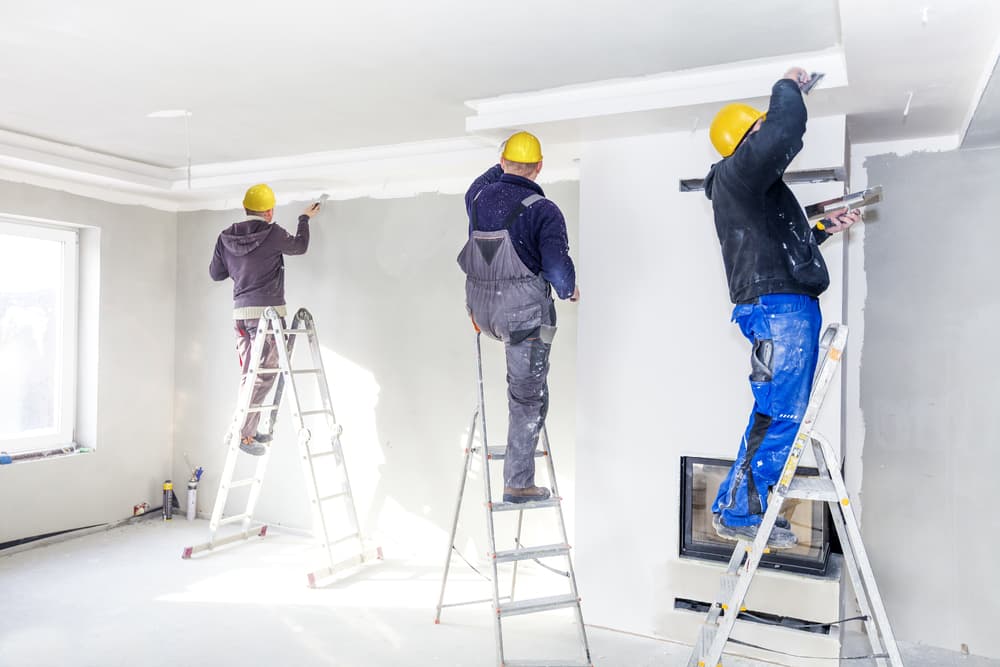
Who do I call for expert drywall repair near me in Timnath, CO?
Handyman Connection of Fort Collins is your top choice whether your drywall needs holes patched, extensive repairs, or complete replacement. Our technicians are recognized veterans in their field, with ample knowledge and honed skills to get any job done right the first time.
Their expertise is available throughout the region, so whether you’re near Community Park or in any other part of Timnath, you can count on swift and quality service. Reach out to us today and let us make your home better!

